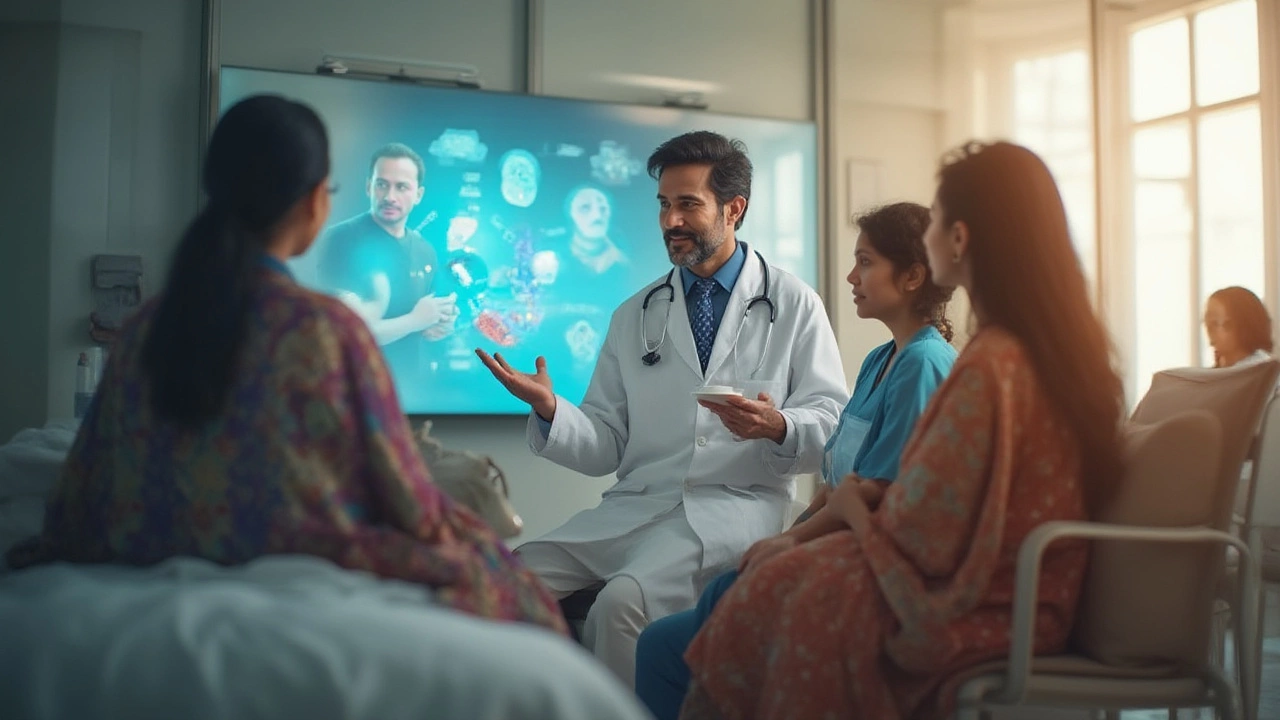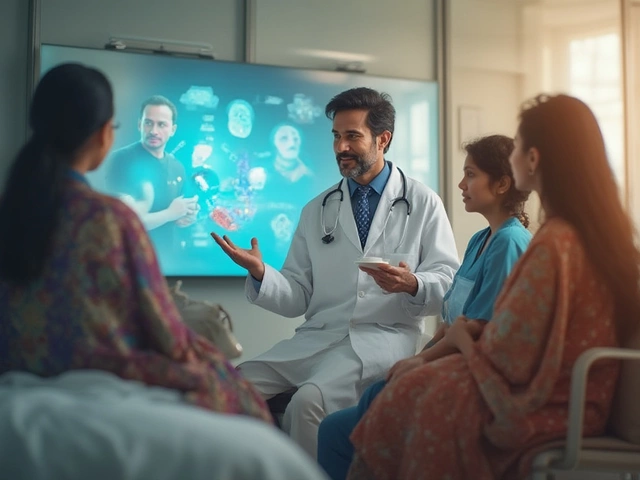Chemotherapy: A Practical Guide for Patients and Families
If you or a loved one has been told you need chemotherapy, the first reaction is often confusion. You might wonder how the drugs actually work, how long the treatment will last, and what you can do to feel better during the process. This guide breaks down the basics in plain language and gives you real‑world tips you can start using today.
How Chemotherapy Works
Chemotherapy uses powerful medicines to attack cancer cells that grow quickly. Unlike surgery or radiation, chemo travels through the bloodstream, so it can reach tumors anywhere in the body. The drugs are designed to stop cancer cells from dividing, which slows or shrinks the tumor. Because the medicines also affect some normal cells that grow fast (like those in your gut or hair), you may notice side effects. Knowing this helps you understand why doctors schedule breaks between cycles – it gives healthy cells a chance to recover.
Managing Common Side Effects
Most people experience a handful of side effects, and most of them can be managed with simple steps. Nausea is common; ginger tea, small frequent meals, and prescribed anti‑nausea pills often help. Fatigue feels like a low‑grade drain; try short walks, staying hydrated, and sleeping in short naps rather than long, uninterrupted stretches. Hair loss can be unsettling – a soft hat or wig can keep you comfortable while your hair grows back after treatment ends.
Another frequent issue is changes in appetite. Keep a stash of easy‑to‑digest foods like soups, smoothies, and boiled vegetables. If you notice mouth sores, a saltwater rinse after meals can reduce pain and infection risk. Blood counts drop during chemo, so avoid crowds and wash hands often to lower infection chances.
Emotional ups and downs are normal too. Talking with a counselor, joining a support group, or simply sharing how you feel with a trusted friend can make a big difference. Remember, you’re not alone – many people go through this, and there are resources ready to help.
Practical tips for the day of treatment include wearing comfortable clothing, bringing a water bottle, and having a small snack handy. Arrive a little early to fill out paperwork, and keep a list of any new symptoms to discuss with your nurse.
After each chemo cycle, ask your doctor about the next steps. They’ll tell you when to expect lab results, when the next round is scheduled, and what signs mean you should call the clinic right away. Staying organized with a calendar or phone reminders can keep the whole process less stressful.
Finally, celebrate the small wins. A day without nausea, a night of good sleep, or a smile in the mirror are all signs your body is coping. Keep track of these moments; they boost morale and remind you that progress is happening, even if it feels slow.






